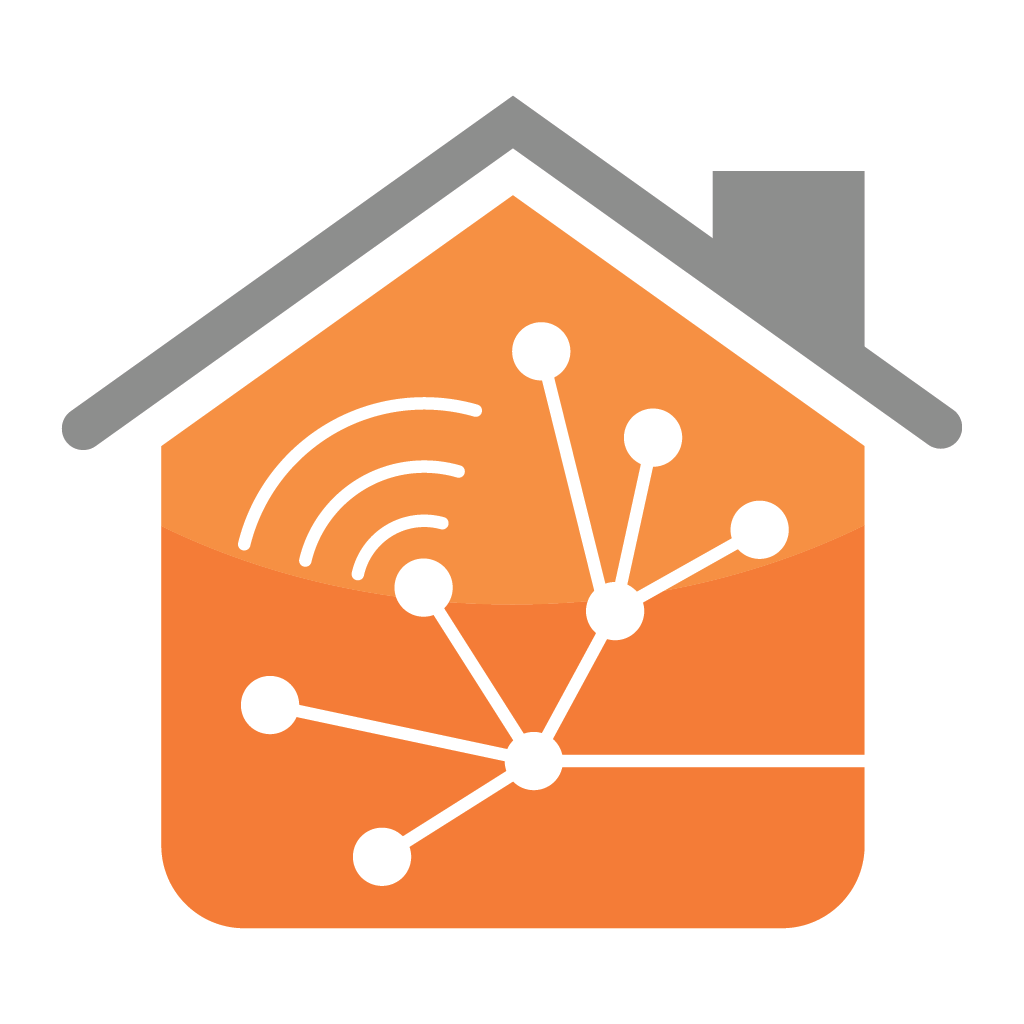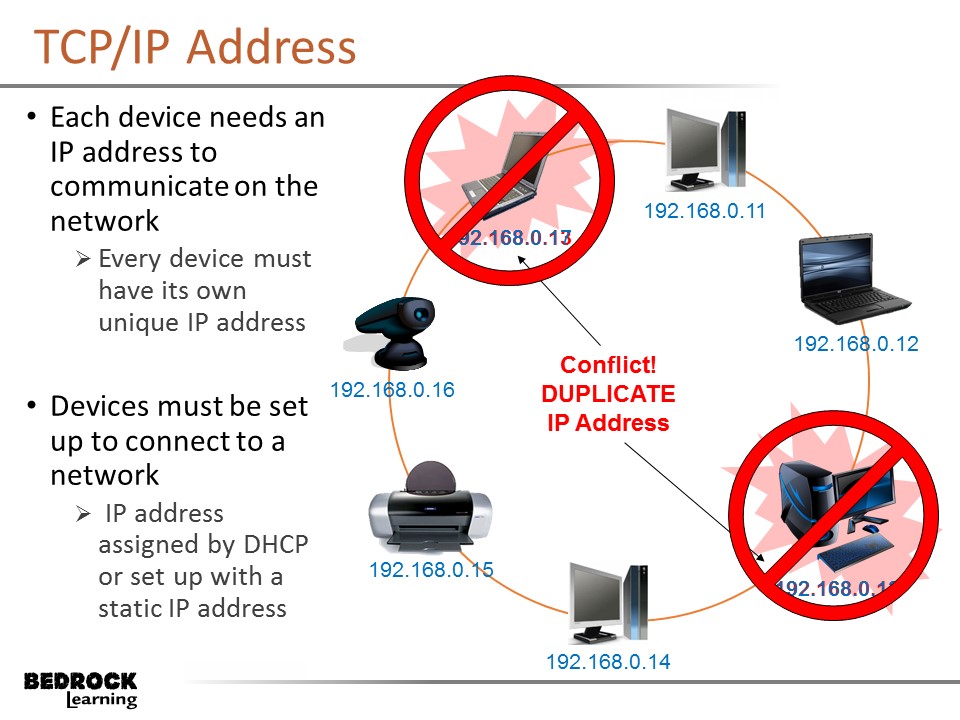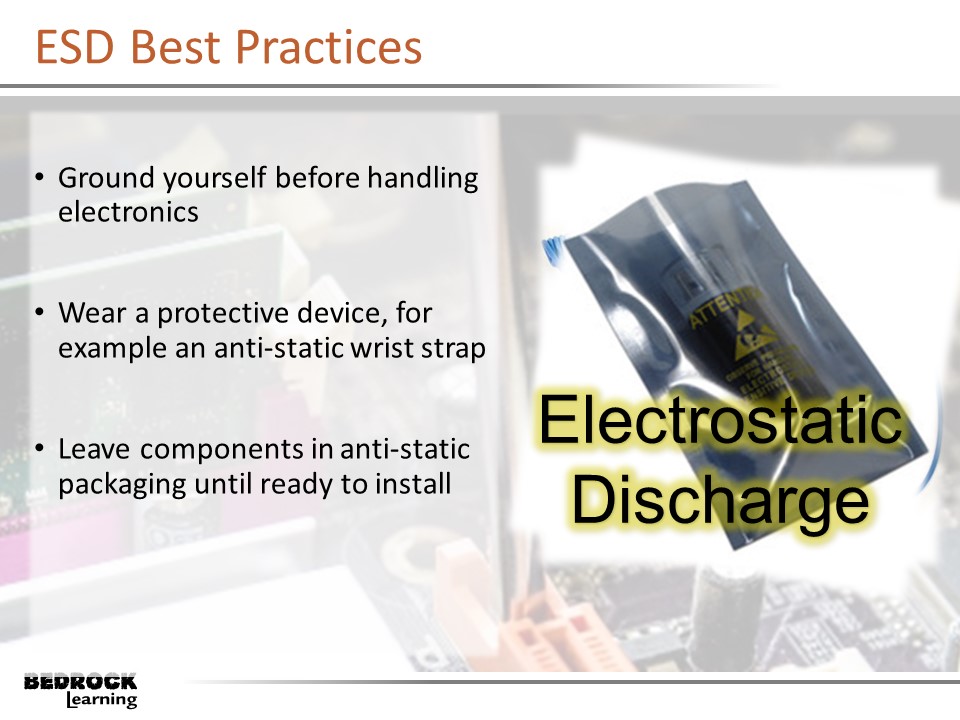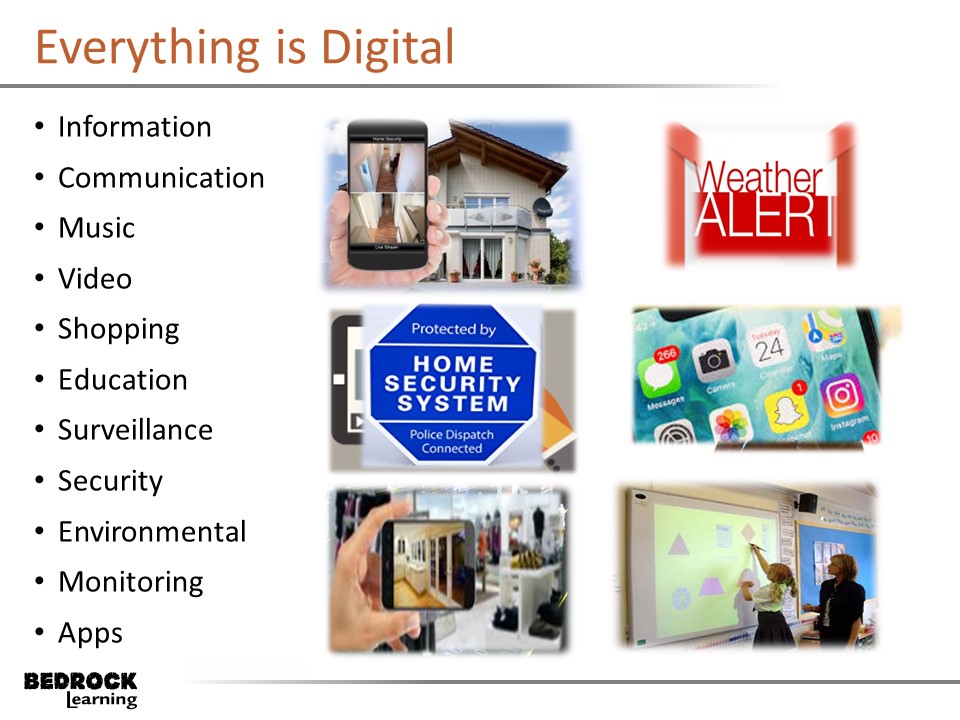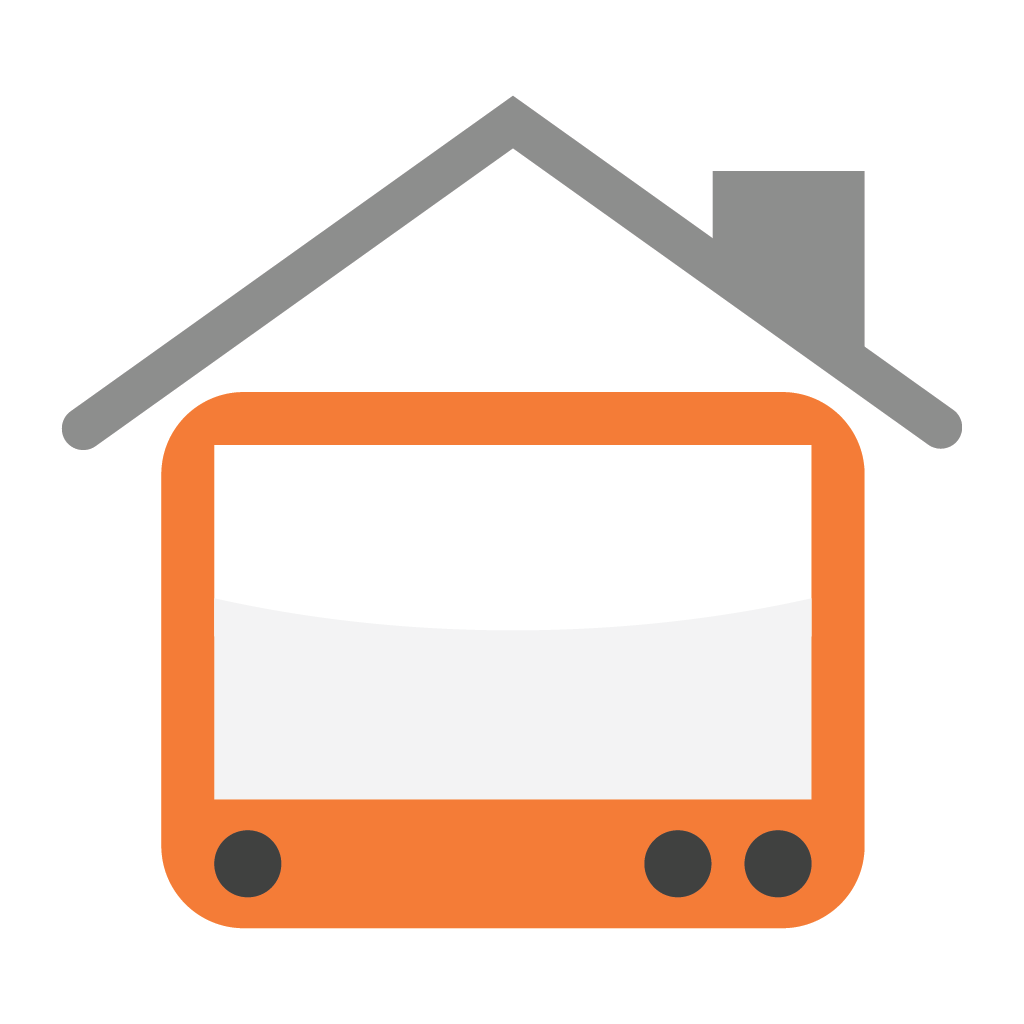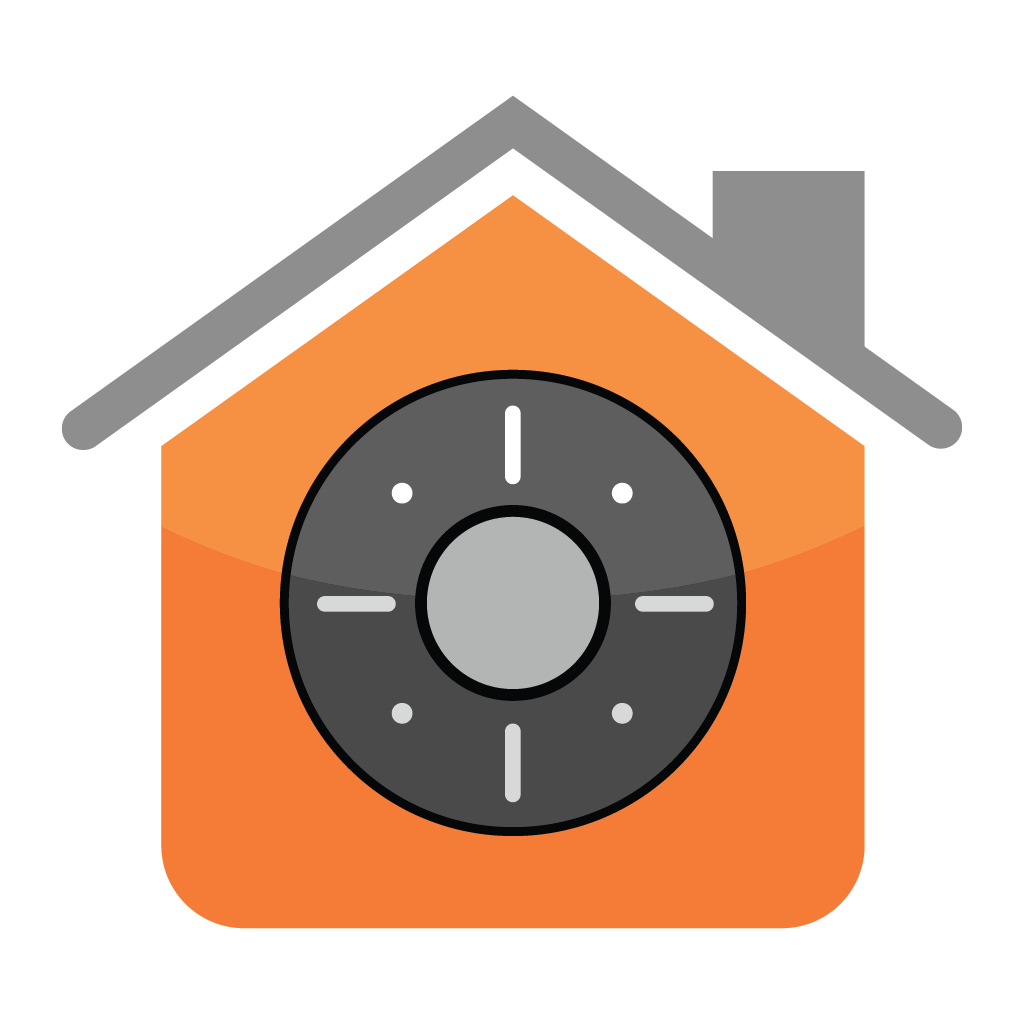Learn networks in simple terms anyone can understand
This easy-to-understand course explains the Internet and IoT, letting everyone learn networks and networking fundamentals from addresses to connectivity. When you’ve finished the course, you will be able to share networking terms, identify network devices, and recognize network concepts.
Prerequisites
This course is an introduction to networking concepts and stands alone. it is intended for everyone and provides a foundation to learn networks and a basic understanding of networking and how networks are an integral part of everyday life.
Learning Objectives
- Share the impact of the Internet and how networks enable the IoT, Internet of Things
- Define networking terms and speeds
- Explain data flow on a network and to the Internet
- List network components and identify their functions
- Identify cable types, ports, and connections
- Explain DHCP and static vs. dynamic addresses
- List software tools for use with IP addresses
- Identify basic actions to protect a network
Learning Process and Evaluation
Each student receives a user name and password. This provides private, monitored access to the online course.
Progression through the course is managed by an LMS (Learning Management System).
Each course is divided into 7 to 15 sections. At the end of each section the student is given a quiz. A score of 100% is needed to pass the quiz. Questions will be shown correct or incorrect; so the student can review the material and answer the questions again. There are unlimited attempts at each Quiz.
Upon completion of the course and quizzes, the student is required to take a Final Test. A score of at least 80% is considered a passing grade. A Certificate of Completion will be available to print when the Final Test is passed.
This course is approved for Continuing Education.
|
|
Course Outline
1. The Internet and IoT
- Summarize the digital age and the connected world
- Explain the Internet, the cloud, and the IoT
- Describe life in a connected home
- Share the rapid march of technology
2. What is a Network?
- Explain what makes up a network
- Identify network devices
- Explain the different types of networks
- List options to connect to the Internet
- Share examples of basic to advanced home networks
3. Protocols and Naming
- Identify the protocol used in networks
- Explain IP addresses, DNS, and NAT
- Define a MAC address
- Explain static and dynamic IP addresses
- Share wireless protocols
4. IP Addressing
- Explain how IP addresses work
- Define the difference between IPv4 and IPv6
- Find the IP address of a device
- Identify network software tools
5. Network Concepts
- Explain the different features of a switch
- Define ports – physical and software
- Describe port forwarding
6. Best Practices to Follow
- Follow safety procedures when working with network components
- Share password guidelines
- List network installation steps
- Identify key network security practices
- Perform network documentation
7. Course Review
FINAL TEST
|

 Winner of the CTA SmartHome Mark of Excellence Award!
Winner of the CTA SmartHome Mark of Excellence Award!